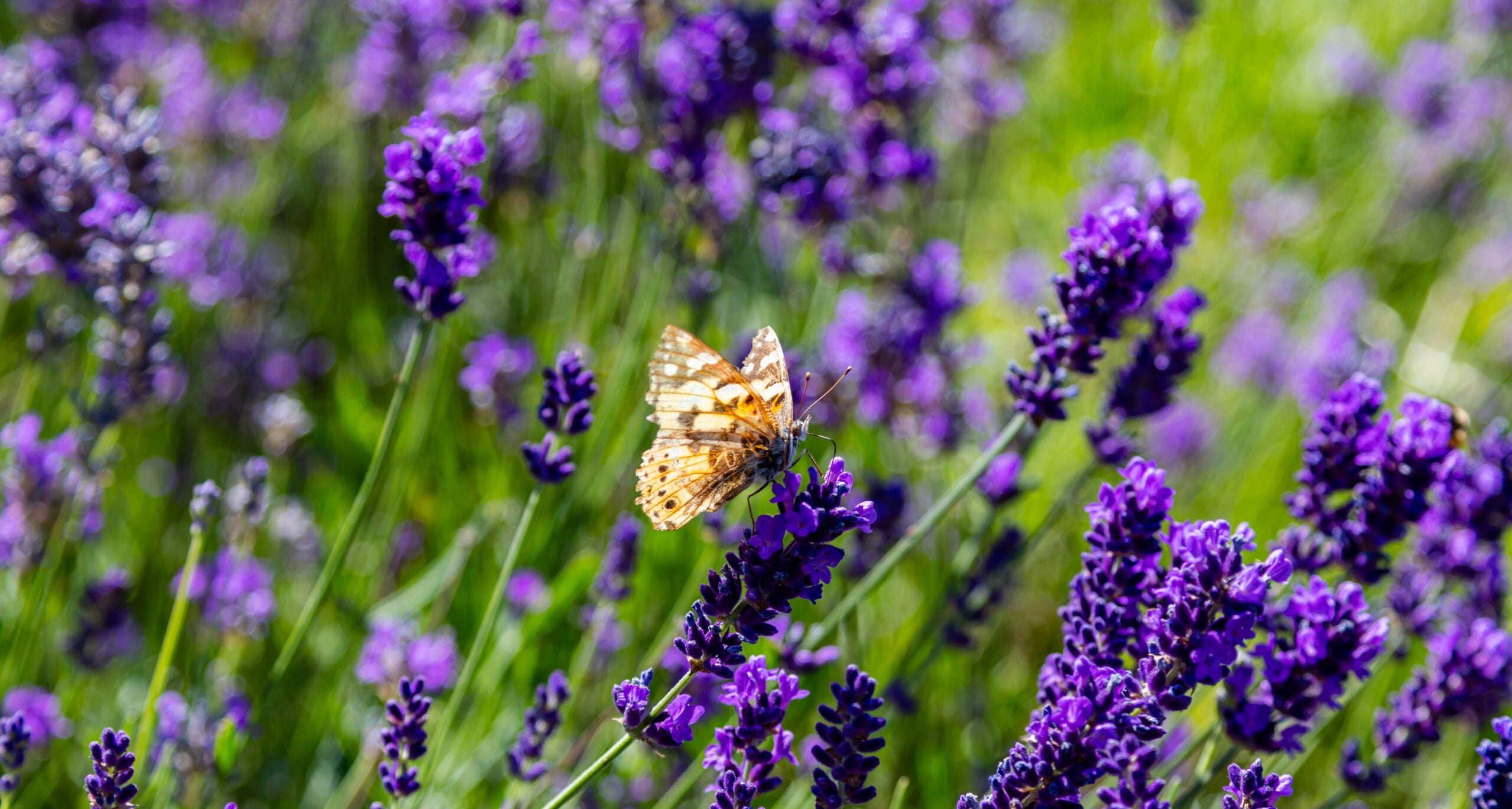
Imagine waking up each day surrounded by fluttering wings, vibrant colors, and the gentle hum of nature. If you’ve ever dreamed of turning your love for butterflies into a unique and fulfilling business, becoming a butterfly farmer might be the perfect venture. Whether you’re drawn to the idea of breeding these delicate creatures for conservation efforts, supplying them for weddings and special events, or simply sharing their beauty with the world, butterfly farming is a rewarding way to work closely with nature while growing a niche business. And the best part? You can get started right in your own backyard!
Starting a butterfly farming business requires careful planning, knowledge of butterfly life cycles, and a clear understanding of the market. Here’s a step-by-step guide to get you started:
1. Research and Educate Yourself
- Learn about butterflies: Research the species most commonly farmed (e.g., monarchs, swallowtails, painted ladies) and understand their habitat, diet, and life cycles.
- Visit existing butterfly farms: If possible, visit established butterfly farms to observe their practices and gain insights.
- Take courses or read books: Butterfly farming is a specialized field. Consider taking courses in butterfly farming, entomology, or related subjects.
2. Obtain Necessary Permits and Licenses
- Check local regulations: Many regions have strict rules governing the breeding, selling, or release of butterflies. You may need specific permits, especially if working with endangered species.
- USDA or local wildlife permits: If you’re in the U.S., you’ll need a USDA permit to ship butterflies across state lines. Ensure compliance with all local laws to protect native ecosystems.
3. Set Up a Suitable Habitat
- Build or buy enclosures: You’ll need specialized cages or greenhouses with controlled environments for breeding, rearing caterpillars, and keeping adult butterflies. These enclosures should provide protection from predators, the elements, and allow for proper airflow.
- Provide host plants and nectar plants: Caterpillars have specific host plants on which they feed (e.g., milkweed for monarchs). Adult butterflies require nectar plants, so ensure you grow or source these plants to sustain your butterfly population.
4. Purchase Eggs or Caterpillars
- Start by purchasing eggs or caterpillars from reputable butterfly suppliers. It’s important to source species that are native or well-suited to your region to avoid disrupting local ecosystems.
5. Master the Butterfly Life Cycle
- Egg stage: Ensure proper plant hosts are available for females to lay eggs.
- Caterpillar (larval) stage: Caterpillars will consume large amounts of host plants, so have a steady supply available.
- Chrysalis (pupal) stage: Caterpillars will enter the pupal stage, where they form a chrysalis. They need a quiet and safe space to emerge as butterflies.
- Adult stage: Once butterflies emerge, they require nectar for sustenance and space to fly.
6. Develop a Business Plan
- Target market: Identify who your customers will be. Butterfly farmers often sell to:
- Wedding and event planners for live butterfly releases.
- Schools and educators for teaching purposes.
- Butterfly conservatories and exhibits for display.
- Gardeners who want to attract butterflies to their homes.
- Costs and pricing: Calculate your startup costs (cages, plants, enclosures, permits) and determine how to price your butterflies.
- Marketing strategies: Create a website or social media presence to reach potential customers. Attend local fairs, garden shows, or nature events to build your network.
7. Manage Day-to-Day Operations
- Feeding and maintenance: Ensure caterpillars have access to host plants, and adult butterflies can feed on nectar. Keep enclosures clean and monitor for disease or pests.
- Sustainability: To maintain a thriving farm, you must regularly breed and care for butterflies. Plan for seasonal changes and ensure you have the resources to manage the business year-round.
8. Plan for Scaling and Expansion
- Diversify your product line: In addition to selling butterflies, you could offer butterfly kits for schools, educational workshops, or butterfly gardening supplies.
- Partnerships: Consider partnering with local botanical gardens, wedding venues, or nature centers to boost sales.
- Conservation efforts: Butterfly farming can contribute to conservation, so consider getting involved in programs that promote biodiversity.
By following these steps, you’ll be well on your way to establishing a successful butterfly farm.
803 Views












